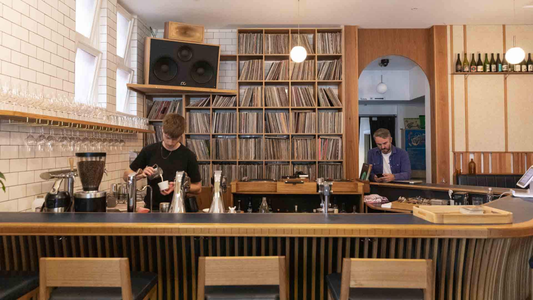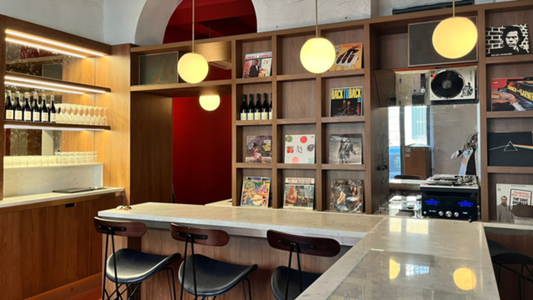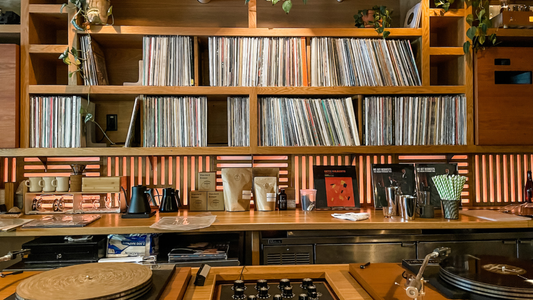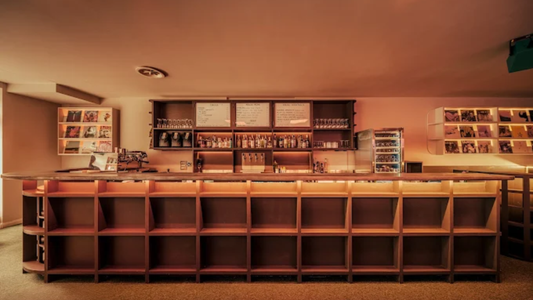
Why Listening to One Album Changes the Way You Hear
By Rafi Mercer
The act seems simple. Place a record on the turntable, lower the stylus, and sit still for forty minutes. Yet in a world defined by skipping, swiping, and shuffling, listening to one album in full has become a radical gesture.
It changes not just what you hear, but how you hear — and perhaps even how you think.
Albums were once built for this. Miles Davis recorded Kind of Blue as a sequence, each modal piece flowing into the next, forming a meditation that made sense only as a whole. Mike Oldfield’s Tubular Bells demanded two sides, continuous, symphonic. Even in more fractured times, artists like SAULT or Four Tet construct albums as journeys — not playlists, but architectures. To listen to them in their entirety is to inhabit a space rather than skim a surface.
Something happens in that stretch of time. At first, you are aware of yourself — sitting, waiting, anticipating. By track three, you lose that awareness. The music holds you, reshapes the pace of your thoughts, slows the pulse of the room. When you rise to flip the record, you re-enter the world changed: a small pause, a ritual interruption. Side B begins, and you surrender again. The discipline of listening to one album forces patience, but rewards with depth.
The culture of streaming has tilted us towards fragments: choruses isolated for TikTok, beats looped for background. Success is measured by seconds of attention. But the album resists this logic. It asks for commitment — forty to sixty minutes, uninterrupted. It is closer to reading a novel than scrolling headlines. It is time reclaimed, time spent, time shaped. In this sense, listening deeply is not just aesthetic but philosophical.
Why does this change the way you hear? Because it restores proportion. Instead of treating music as wallpaper, you hear it as structure. Instead of collecting songs like pebbles, you walk a path laid by the artist. And when you leave that album behind, the world outside feels subtly retuned — colours sharper, silences deeper, your own thoughts somehow more melodic.
Vinyl listening bars have embraced this. In Tokyo, London, or New York, you’ll find rooms where entire albums are played without interruption, the audience leaning into each passage as if at a concert. To sit among strangers as Donny Hathaway sings “A Song for You” or Philip Glass layers his string quartets is to rediscover collective patience. It’s a reminder that music is not designed to be consumed but to be lived through.
So the challenge is simple, though rarely easy: choose one album tonight. No shuffle, no skip, no background distractions. Let it play. You’ll find, as the stylus lifts and the room exhales, that you have not just listened to music — you have listened to yourself differently. And that is why the album, in its simplicity, still holds its quiet power.
Rafi Mercer writes about the spaces where music matters. For more stories from Tracks & Tales, subscribe, or click here to read more.







